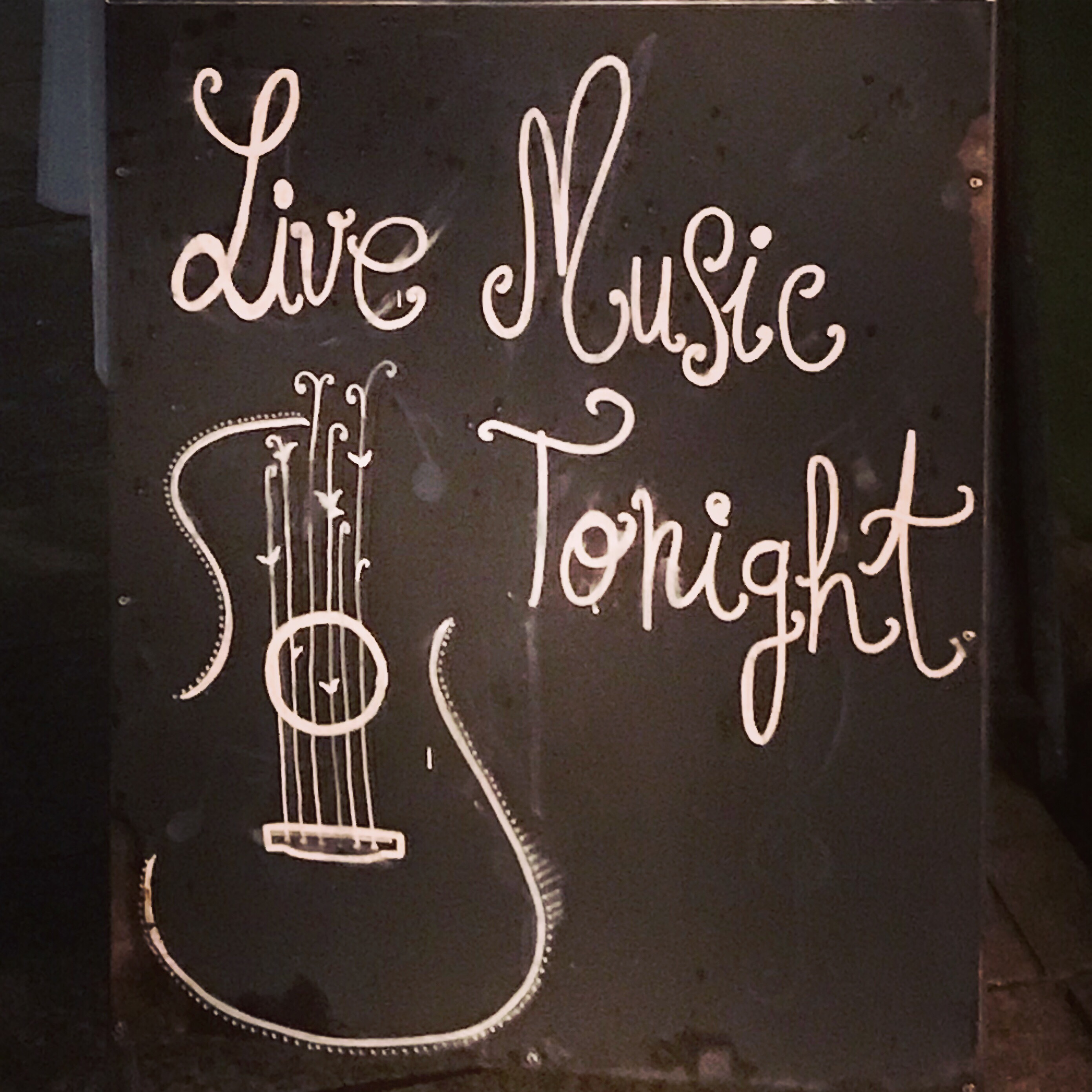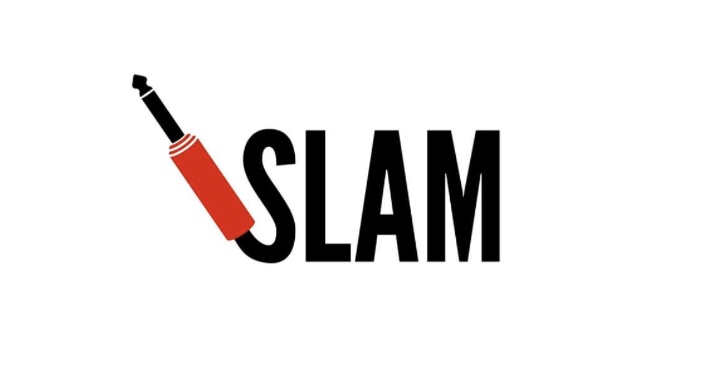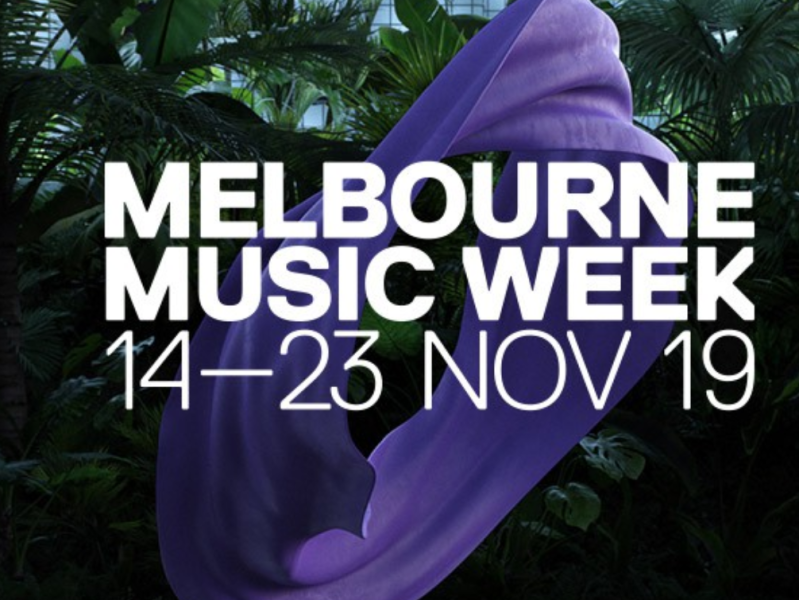When you google Live Music Capital of the World, I can bet you a million bucks Austin in Texas will be the first search result. The city self-proclaimed itself “The Live Music Capital” but it actually has everything going for it: a super vibrant music scene and being host to two popular festivals, SXSW (South by Southwest) in March and ACL (Austin City Limits) in October.
Part 6 OF “AM I EVER GONNA SEE YOUR FACE AGAIN?” A RANDOM COLLECTION OF UNKNOWINGLY OBVIOUS FACTS ABOUT THE AUSTRALIAN MUSIC SCENE

Other cities in the world often make the list as well. Ibiza is the place to be if you’re into clubbing and DJs. Berlin’s historic punk rock scene and its legendary Kreuzberg suburb keep fascinating young rebels. London has it all: gigs, festivals, venues, recording studios and famous musos as residents. And the list goes on. But according to a 2017 census, actually Melbourne is THE city with the right to claim the Live Music Capital of the World title.
In the intro to this blog series I mentioned how at the beginning I thought I was going to be bored AF in Melbourne because back then I didn’t know anything about its music scene. In reality, on any given night, I often don’t know what to choose. There might be 3/4 shows on at the same time in awesome venues around the city, and I’d be sitting at home trying to figure out if I could possibly fit them all in somehow. So, personally and subjectively, I agree with Melbourne’s Live Music Capital of the World claim. But as stoked as it makes me feel, let me clarify a few things factfully and objectively.
First thing’s first. We need a definition of a live music performance. According to the Mastering of a Music City report from 2015 and the UK Live Music Census 2017, it is “a creative presentation of music by a featured performer (= the main artist mentioned on the bill or advertising) in the presence of an audience gathered in a public space designated for the performance where appropriate technology is utilised to communicate that performance to those in attendance”. Quite a long but pretty comprehensive breakdown of the concept.

Own image: Hasting Street, Noosa Heads
Things get a little more complicated from now on, though. Because there isn’t a uniform set of criteria or scientific methodology measuring the “live musicality” of a particular place on Earth. No independent body in charge of such research exists on a global scale, either. And very little academic literature is available on the topic. Plus, any type of ranking very often reflects the author’s subjective preferences or experiences.
Thankfully, the lack of an international live music governing body doesn’t mean that the topic is completely ignored. From time to time wise people from the industry meet and discuss certain aspects of the business. Like the five elements of a “true” music city:
1. a clearly defined music scene;
2. access to music spaces;
3. a receptive and engaged audience;
4. existence of record labels and other music-related businesses; and
5. resident musicians.
Additionally, it has been somewhat accepted that one of the more objective approaches that helps determine how much live music happens in a particular city is resorting to demographics and analysing sample data. And this is exactly how Melbourne got its title.

In April 2018 Music Victoria, “an independent, not-for-profit organisation and the state peak body for contemporary music” in the state of Victoria in Australia, published a report on Melbourne Live Music Census 2017. Music fans, musicians and live music venues were asked to participate in an extensive survey that was conducted by volunteers on a Saturday night in November 2017 and was also available online. The findings led the organisers and music journalists (primarily from Australia) to the conclusion that Melbourne IS the Live Music Capital of the World.
I can imagine that many international critics and industry experts might argue that Music Victoria‘s research was not objective enough. But it was the second time such a study was carried out in Melbourne and lessons had been definitely learnt from a similar survey conducted in 2012. It’s also worth mentioning that a much wider scope was taken into consideration and broader community was invited to partake in the conversation. Local authorities (i.e. City of Melbourne), educational institutions (such as Melbourne Polytechnic) and other music industry entities (like Mushroom Group) significantly contributed to the research, making it a pretty impressive effort of painting the big picture of the live music business in Melbourne.
Things measured in the research were simple yet revealing. Four areas were analysed:
1. How many regular music venues (that’s venues with at least 2 live gigs per week) there are in the Greater Melbourne Area.
2. How many performances actually happened in those places in the span of 1 year.
3. How many different parties (i.e. musicians, artist managers, venue staff) were involved in putting those gigs together.
4. How much money the patrons spent directly related to the shows (i.e. on tickets or merch).
After doing all the hard scientific yakka, crunching numbers and drawing intelligent conclusions, here is what was revealed.

I realise that those figures might not mean much to you. So let me give you a few more details, also based on the report’s findings:
- Melbourne has 1 live music venue for every 9,503 residents.
- Seven so called “music precincts” were identified in the following suburb clusters: CBD (Central Business District), Collingwood/ Fitzroy, Northcote/Thornbury, Brunswick/Coburg, South Yarra/Prahran, Richmond/Hawthorn and the St Kilda areas with the total of 369 small venues.
- On any given Saturday night live gigs are offered by more than 90% of those small venues – that’s at least 330+ shows at once. 1/3 of those places host more than one live performance on the same night. And that’s not including any major festivals or other big music events.
- Approximately 110,000 music fans attend Saturday night entertainment in small and large venues in Greater Melbourne. That’s as if the entire city of Ballarat came to Melbourne to party at once.
- Total revenue generated by the music fans accounts to approximately A$6 million. Again, that’s just one Saturday night.
- 10% of the Greater Melbourne venues put on a live gig every day of the week. That’s 55 gigs even on a Monday night.
- An average Melburnian music fan attends 4 gigs per month in small venues and 3 to 4 concerts/festivals per year.
- Out of the annual A$1.42 billion live music revenue, 28% was generated through ticket sales. That’s nearly A$400 million in sold tickets.
- Live music attendance in the state of Victoria is greater than attendance at all sporting events (i.e. rugby, cricket or Australian football) combined. Ubelievably, Melburnians seem to love live music more than footy.
- The live music business accounts for over 18,000 combined part time jobs annually for musicians, venue staff, music production personnel and other parties involved in the live shows’ organisation and execution.
Pretty sick, right? So let’s keep going and add some more facts to the numbers.
1. The city has its own Music Plan and puts on Melbourne Music Week annually in November.

2. Victorian government allocates significant funding towards various music initiatives through its Music Works program. One of them, called Good Music Neighbours, focuses on eliminating the effects of noise caused by live music venues in residential neighbourhoods. This is a rad example of the wider community cooperating to make this a win-win situation for everyone involved.
3. Australian Music Vault that showcases the history of live music in Australia (amongst other things) is located within the Arts Centre Melbourne complex. Treasures on display include Tash Sultana’s guitar case from the artist’s busking days.

the Australian Music Vault
4. Numerous movies discussing the impact of live music Down Under, such as Her Sound, Her Story or Now Sound: Melbourne’s Listening, were either filmed in the Victorian capital or feature Melbourne-based artists.

5. In 2018 the Melbourne hosted the Music Cities Convention, reinforcing the city’s status as one of their own.
6. Several Australian music festivals (such as Laneway, Listen Out, Let Go Fest or Download) have their leg in Melbourne or the surrounds.

7. Every act touring Oz (both local and international) will schedule at least one (if not more) show in one of the city venues. In 2018, due to popular demand, Gang of Youths ended up playing 8 (!!!) dates at Melbourne’s The Forum.
8. Frontier Touring, one of the region’s biggest concert promoters, have their headquarters in Melbourne.
9. Bourke Street Mall in Melbourne is one of the most famous busking strips Down Under. (I discussed it in part 1 of this blog series -> check it out here.)
10. Numerous hands-on live music-related courses (such as production, performance, journalism or management) are offered by Melbourne-based schools (i.e. RMIT University, Collarts or Australian Institute of Music).
11. SLAM (Save Live Australian Music) Movement was born in Melbourne and the 2010 peaceful rally, protesting linking live music with violence, was attended by 20,000 people.

12. An impossible number of music artists and bands delivering awesome live performances were either born or are based in Melbourne. The most famous internationally are Nick Cave, Kylie Minogue, Paul Kelly, Flea, Vance Joy, Gotye or Olivia Newton John. And here are a few of my fave local Melbourne bands killing it in Australia right now: Slowly Slowly, Rolling Blackouts Coastal Fever, Alex Lahey or Camp Cope.
Now, before the sceptics come up with heaps of counter-arguments to Melbourne’s Live Music Capital of the World claim, let me acknowledge them here:
- Yes, the most famous Aussie live music venue, the Opera House, is located in Sydney.
- Yes, most big overseas record labels (Warner or Sony, for instance) and Australia’s own music industry associations (like ARIA or APRA AMCOS) have chosen the NSW capital as their headquarters as well.
- Yes, there are other rankings in which Melbourne doesn’t even appear as a music city at all.
That’s all true. But I have lived in this city for over 2 years and can vouch 100% for everything that has been said in Music Victoria‘s report.
I spent some time in Austin a few years ago and, quite frankly, it’s pretty awesome when it comes to live music. I went clubbing in Ibiza with girlfriends once – it’s not exactly my vibe but I can totally understand its appeal. Berlin surprises me on the music front every time I go there. I also lived in London and worked in a small music venue in Camden Town in my student years.
All those cities offer incredibly unique music experiences. But I have to give it to Melbourne. Live music truly is a force to be reckoned with here. It is the heart and soul of this city which drives the economy and fosters creativity. There is ALWAYS something going on here, musically speaking. And that’s why it totally deserves the title of Live Music Capital of the World. Hopefully, it will also defend it in the coming years.
Sorry, Austin…
All references have been hyperlinked in the above text.
P.S. And because it is a blog post about live music, below you can find a few little vids from the many gigs I’ve attended in Melbourne. Check out my socials for more!
Get social with Silly McWiggles here:
Wanna find out more about the Melbourne music scene?
Read these posts as well:
Melbourne geography in songs. Reminiscing about the vibrant city in lockdown
Here we go again. Melbourne just entered another lockdown. This time it’s bigger, more serious but definitely not better. All the venues and shops that had just re-opened their doors to patrons were forced to shut them down again. For six long weeks, everyone will pretty much be confined to the 5 km-away-from home radius.…
10 facts about Melbourne Music Week on its 10th anniversary that you might not know about
November is a very prolific week in Australia in terms of music. Last week, on 15 November, Aussie music fans were repping their favourite bands during the #AusmusicTshirtDay (check out my post about it here). The Spilt Milk festival will be taking place on 23 November in Canberra, ACT and – for the first time…
Busk or die, in Melbourne. Stories from the busking mecca
Last month I went to see Tash Sultana at the Sidney Myer Music Bowl in Melbourne. Twelve thousand people apparently attended the gig, a part of the world tour promoting the muso’s second album “Flow State”. It is an ass-kicking achievement considering that not so long ago Sultana was just another Melbourne busker. Part 1 OF…





3 thoughts on “Melbourne claims to be the “Live Music Capital of the World”. Key findings from Music Victoria’s 2019 report”